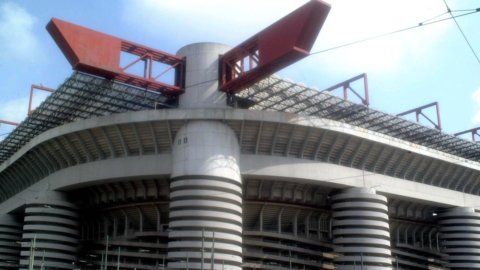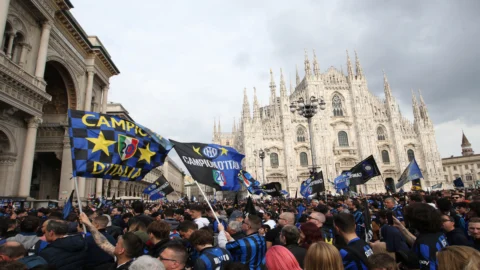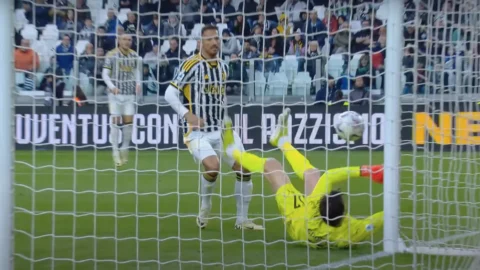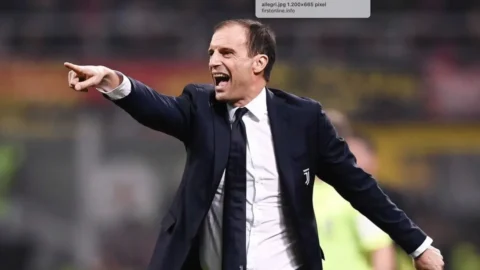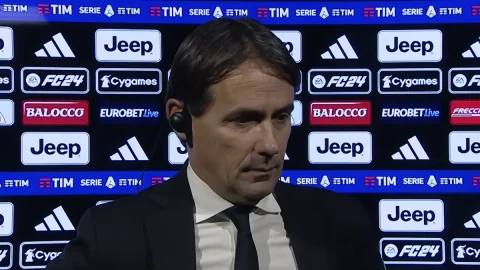The San Siro dilemma. Inter and Milan have presented a joint project for the first time since there has been talk of a new stadium: investment of 1,2 billion for a new 60.000-seat facility (the current “Giuseppe Meazza” has 80.000) and an entertainment citadel with a shopping centre, office, congress centre, hotels and green area open to all. A captivating suggestion, with a small problem, however: the 750-page project, presented jointly by the CEO of Inter Alessandro Antonello and the president of Milan Paolo Scaroni, provides for the demolition of the Meazza stadium, owned by the Municipality (the new stadium will be where there is now the large parking lot, while the citadel will be built on the ashes of the old one): therefore, the authorization of the mayor Giuseppe Sala is needed, who is faced with a five-circle dilemma.
If on the one hand it will be difficult not to support a modern project, which will restore space to the citizens thanks to private investments, it is also true that the mayor of Milan has long been insisting that the opening ceremony of the Milan-Cortina 2026 Olympics be held right in the 'current stadium, renovated for the Italy '90 World Cup. And that instead Inter and Milan's intentions would be "missing" before 2023, the year by which - if approved - the new stadium will be completed and will in theory not be usable for the Games, being at that point a facility private. Thus, even if Scaroni has said that he would "offer" the Meazza bis to the Olympic cause, Milan would be left without a publicly owned stadium, right next to a major event that Sala - together with CONI and the Veneto Region - masterfully conquered, and which he would like to package in an impeccable manner, repeating the success of Expo 2015.
However, there is not only the Olympic motivation: Sala's doubts are shared in a bipartisan manner, with different motivations (mostly "nostalgic" or environmental), and there are already those who are calling for a popular referendum. In fact, the leader of the Lega Matteo Salvini, the Movimento 5 Stelle and the citizens' committees themselves have expressed perplexity, fearing that the district to the west of Milan will be turned upside down. There are those who speak of "casting concrete" (even if the project also includes hanging gardens), and the Democratic Party itself is cautious. “Now it would be a waste to start spending again for a smaller stadium which would increase the price of tickets”, points out the councilor Enrico Marcora, elected with the Sala List. "The dossier deserves careful analysis by the technicians and only after this can the first assessments be made", Palazzo Marino says more diplomatically.
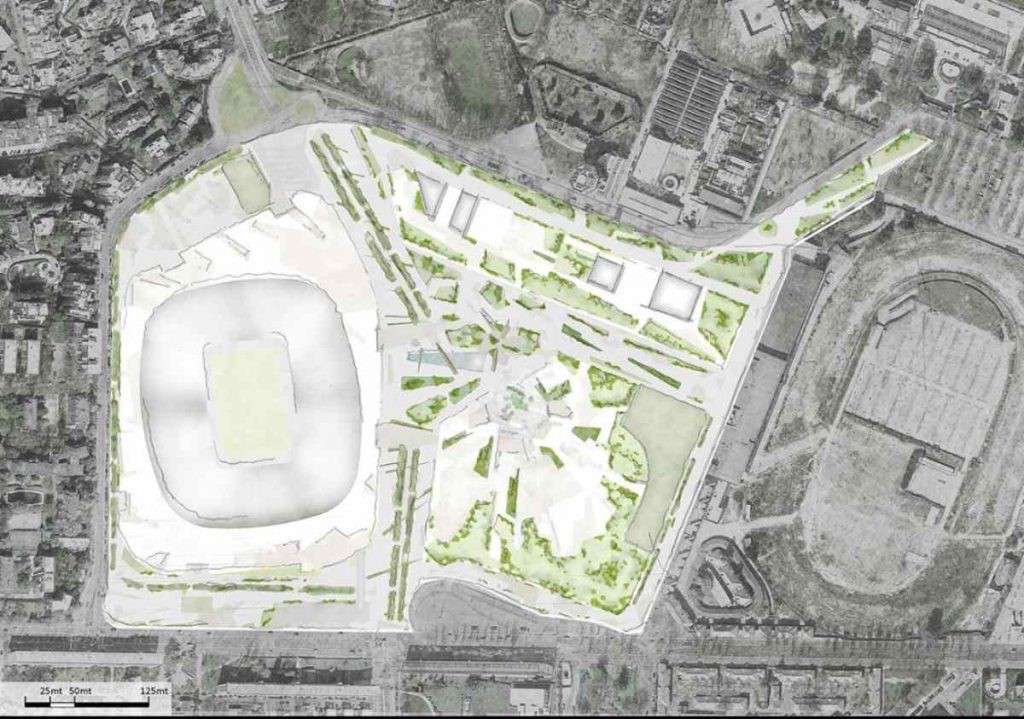
The card that the mayor can play to reduce the ambitions of Inter and Milan is that of volumes. The two clubs have declared themselves ready for dialogue ("We want to work with the institutions and citizens"), but have formulated everything on the basis of the Law on stadiums, which provides for a volumetric index of 0,70 square meters per square metre: double the 0,35 provided by the municipal Pgtpending approval. A question of "certainty of the times" and "economic sustainability", said Antonello and Scaroni, given that the part of shops and restaurants will have to make ends meet. But Beppe Sala has already hinted that the question will be decisive: "We need to evaluate whether the project is feasible according to our rules".
What does the process involve? Technically the proposal, which is not yet an architectural project, provides for the construction in front of the concession of a surface right with a duration of 90 years, to be assigned through a public tender for which the two clubs, as proposers, will have a right of first refusal. Even before that, however, the administration will say in the next 90 days whether the plan can be considered in the public interest. Only then will the negotiations begin, which in Inter and Milan's plans should last no more than 18 months and therefore be concluded by 2020. After which the three years of construction sites would start, and in 2023 Milan would have a new football stadium.

